The color of your roof may impact more than just the aesthetic appeal of your house. In fact, it can play a significant role in the thermal comfort of your home. The choice of roof color can affect how much heat is absorbed or reflected, which can have implications for energy efficiency, overall comfort, and even your energy bills. Let’s explore the influence of roof color on house thermal comfort.
The Role of Roof Color in Heat Absorption
When it comes to house thermal comfort, the color of your roof plays a significant role in heat absorption. Different roof colors have varying abilities to absorb or reflect heat, which can impact the overall temperature inside your home. Let’s explore how different roof colors absorb heat and contribute to thermal comfort.
How Different Roof Colors Absorb Heat
The color of a roof determines how much heat it absorbs from the sun. Light-colored roofs, such as white or light gray, have higher reflectivity and lower heat absorption. They reflect a significant amount of sunlight, helping to keep the temperature inside the house lower. On the other hand, dark-colored roofs, like black or dark brown, have low reflectivity and higher heat absorption. They absorb more sunlight, leading to higher temperatures on the roof surface and potentially inside the house.
Roof materials also play a role in heat absorption. Asphalt shingles, for example, are common roofing materials that come in various colors. Dark-colored asphalt shingles have a granular surface that absorbs more heat compared to lighter-colored shingles with a reflective surface.
The Relationship Between Roof Color and Solar Reflectance
Solar reflectance, also known as albedo, is a measure of how well a roof surface reflects sunlight. It is closely related to roof color. Light-colored roofs have higher solar reflectance, reflecting a larger portion of the sunlight that falls on them. This helps to reduce heat absorption and keep the roof and the interior of the house cooler.
In contrast, dark-colored roofs have lower solar reflectance and tend to absorb more sunlight. As a result, the roof and the interior of the house can become hotter, especially in areas with intense sunlight or hot climates.
The Impact of Roof Color on Heat Transfer to the Attic
The color of your roof can also affect heat transfer to the attic. In hot climates, dark-colored roofs can contribute to higher attic temperatures. This is because the absorbed heat from the roof can transfer into the attic space, making it hotter. As a result, this increase in attic temperature can lead to higher cooling costs as the heat infiltrates the living spaces below.
Light-colored roofs, on the other hand, have lower heat transfer to the attic. They reflect more sunlight and absorb less heat, which helps to keep the attic space cooler. This can be beneficial in reducing the workload on cooling systems and lowering energy costs.
Roof Color and its Effect on Urban Heat Island Phenomenon
The urban heat island phenomenon is the increased temperature in urban areas compared to surrounding rural areas. Dark-colored roofs contribute to this phenomenon by absorbing and retaining more heat, thus increasing the overall temperature in cities and urban environments.
By choosing light-colored roofs in urban areas, we can mitigate the urban heat island effect. Light-colored roofs reflect more sunlight, reducing heat absorption and helping to maintain lower temperatures in urban environments. This can contribute to a more comfortable and sustainable living environment.
Roof Color and Energy Efficiency
Energy efficiency is a key consideration for homeowners, and roof color plays a vital role in this aspect. The color of your roof can impact energy consumption and costs associated with heating and cooling. Let’s explore how roof color affects energy efficiency.
The Impact of Roof Color on Solar Heat Gain
Solar heat gain refers to the amount of heat that enters a building through the roof due to sunlight. The color of your roof can influence the solar heat gain, which in turn affects the energy required for cooling the house. Dark-colored roofs have higher solar heat gain as they absorb more sunlight, resulting in increased cooling needs and higher energy consumption.
Light-colored roofs, on the other hand, have lower solar heat gain. They reflect a larger portion of the sunlight, reducing the amount of heat entering the house. This can result in lower cooling needs, reduced energy consumption, and ultimately, lower utility bills.
Roof Color’s Effect on Cooling and Air Conditioning Costs
Cooling and air conditioning costs can be significant during hot summer months. The color of your roof can impact these costs by influencing the cooling requirements of your home. Dark-colored roofs absorb more heat, causing the interior temperature to rise. This leads to a greater reliance on air conditioning systems to maintain comfort, resulting in higher cooling costs.
Light-colored roofs, on the other hand, reflect more heat and help to keep the interior temperature lower. This can reduce the workload on air conditioning systems and result in lower cooling costs. Choosing the right roof color can have a significant impact on your energy bills and overall energy efficiency.
The Importance of Roof Color in Green Building Practices
Green building practices aim to minimize the environmental impact of buildings and promote sustainability. Roof color is an important consideration in green building practices due to its potential energy-saving benefits. By choosing light-colored roofs with high solar reflectance, buildings can reduce their energy consumption and decrease the demand for nonrenewable energy sources.
Additionally, light-colored roofs can help to mitigate the urban heat island effect, contributing to a more sustainable and comfortable living environment. Including roof color as part of green building practices can have a positive impact on the overall energy efficiency and environmental performance of a building.
Choosing the Right Roof Color for Your Climate
The right roof color is crucial for the aesthetics and energy efficiency of your home. Consider the climate of your region – light-colored roofs reflect sunlight and keep your home cooler in hot climates, while dark-colored roofs absorb heat and melt snow in colder climates. Other factors to consider are the architectural style, surrounding environment, and personal preferences. Ultimately, choosing the right roof color enhances both the functionality and appearance of your home.
Roof Color and its Effect on Cooling Costs
Roof color can have a significant impact on cooling costs, especially in warm climates. By choosing the right roof color, homeowners can reduce cooling costs and improve thermal comfort. Let’s dive into how roof color affects cooling costs.
Optimal Roof Color Choices for Reducing Cooling Costs
In warm climates, it is beneficial to choose light-colored roofs to reduce cooling costs. Light-colored roofs reflect more sunlight and absorb less heat, keeping the roof and the interior of the house cooler. This reduces the demand for air conditioning and lowers cooling expenses.
Popular light-colored roof options include white, light gray, or even reflective coatings that enhance solar reflectance. These colors can significantly contribute to reducing cooling costs and improving energy efficiency.
The Role of Roof Color in Reducing the Need for Air Conditioning
The color of your roof can influence the need for air conditioning. Dark-colored roofs absorb more heat, resulting in higher temperatures inside the house. This can lead to a greater reliance on air conditioning systems to maintain comfort.
By opting for light-colored roofs, homeowners can mitigate the heat absorption and minimize the need for air conditioning. This helps to reduce energy consumption and cooling expenses, making your home more energy-efficient and comfortable.
Publisher’s Details:
Atlas Roofing
59WH+G8 West Hills, Los Angeles, CA, USA
(866) 343-0686
atlasroofingpro.com
[email protected]
For expert advice on choosing the right roof color within a budgeted plan, check out Atlas Roofing’s guide on “How to Choose the Right Roofing Contractor for Your Budget“. Improve your home’s comfort and energy efficiency with the right roofing choices.
If you’re in need of top-notch roof repair services in Santa Clara, CA, Atlas Roofing offers the best solutions.


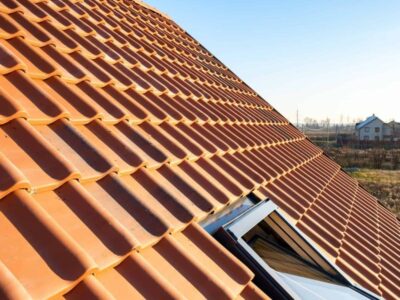
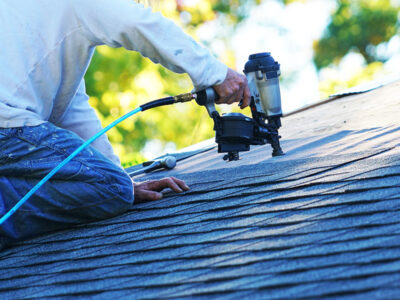

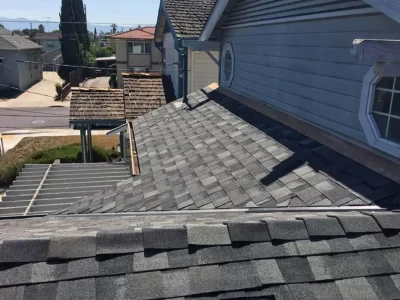

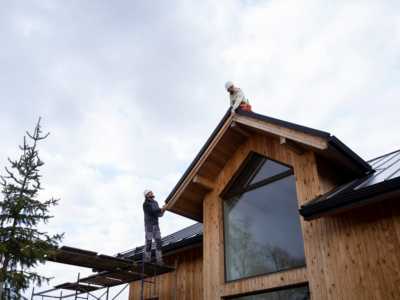


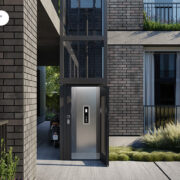
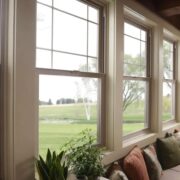
Comments